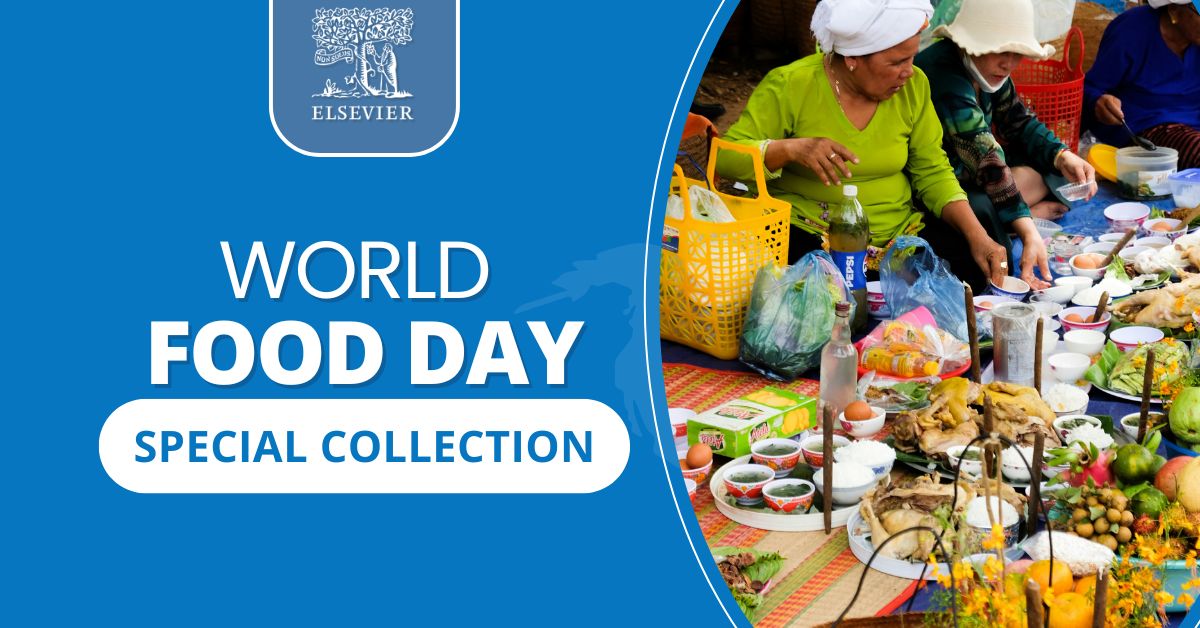At the heart of human civilization lies the profound relationship between food, agriculture, and our collective well-being. The simple act of cultivating land and producing food has over millennia, transformed societies, fueled economies, and played a pivotal role in our evolution as a species. Recognizing the significance of food and agriculture, the United Nations’ Sustainable Development Goals (SDGs) embed them centrally within its ambitious framework to ensure a sustainable future for all by 2030. SDG 2, titled “Zero Hunger”, directly targets the challenges of hunger, malnutrition, and food security. However, the ripple effects of food and agriculture stretch beyond just the eradication of hunger. They intermingle with various other SDGs, creating a web of interconnected objectives that draw upon the shared vision of sustainability.
For starters, agriculture is the single largest employer in the world, providing livelihoods to nearly 40% of the global population. This underlines its influence on SDG 1, which aims to end poverty. A sustainable agricultural sector can ensure steady incomes for millions, elevating their standards of living. Furthermore, with women constituting a significant proportion of the agricultural workforce, especially in developing nations, SDG 5, which focuses on gender equality, finds relevance. Empowering women in this sector through equitable access to resources, decision-making roles, and rights can catalyze progress in both agriculture and gender parity.
Agriculture's relationship with the environment is intricate. SDG 6 (Clean Water and Sanitation) and SDG 15 (Life on Land) intersect with agricultural practices in decisive ways. Conventional farming methods, heavily reliant on chemical pesticides and fertilizers, risk contaminating water sources and degrading soil health. Overexploitation of land, leading to deforestation, further compounds the challenge. Sustainable agricultural practices, like agroecology, can rejuvenate soil, reduce the usage of harmful chemicals, and ensure clean water supplies, thus benefiting both the environment and human health.
The global food system's carbon footprint is undeniably significant. From production to processing, transportation to waste, each phase emits greenhouse gases. This ties agriculture to SDG 13, Climate Action. By embracing climate-resilient crops, reducing food wastage, and optimizing supply chains, the agricultural sector can dramatically reduce its carbon emissions. Sustainable practices not only safeguard our environment but also ensure food security in the face of increasingly erratic weather patterns due to climate change.
Lastly, it's imperative to acknowledge the relationship between agriculture, innovation, and infrastructure (SDG 9). Modern technological advancements in the fields of biotechnology, information technology, and renewable energy can transform traditional farming. Precision agriculture, powered by data analytics and the Internet of Things (IoT), can optimize resource usage, resulting in increased yields and decreased environmental impact.
The synergy between food, agriculture, and the SDGs is undeniable. Agriculture is not just about feeding the world but about reshaping it. By focusing on sustainable agricultural practices and understanding its multifaceted relationships with the SDGs, we can envision a world where hunger is history, economies thrive, and our planet remains green and vibrant for generations to come.
Celebrated annually on October 16, World Food Day is a key global event focused on raising awareness about food security and hunger. Established by the United Nations Food and Agriculture Organization (FAO) in 1979, this day highlights the ongoing challenges of hunger, malnutrition, and the need for sustainable food systems.
International Tea Day 2026
Celebrating a World of Flavors and Cultures: International Tea Day
Tea, a beverage steeped in history and culture, connects people across the globe. International Tea Day is dedicated to celebrating this diverse and beloved drink. The day honors the rich cultural heritage, health benefits, and the significant role tea plays in rural development and sustainable livelihoods.
The Significance of the Day
Sustainable Food Systems from Agriculture to Industry, Improving Production and Processing, 2018, Pages 3-46



